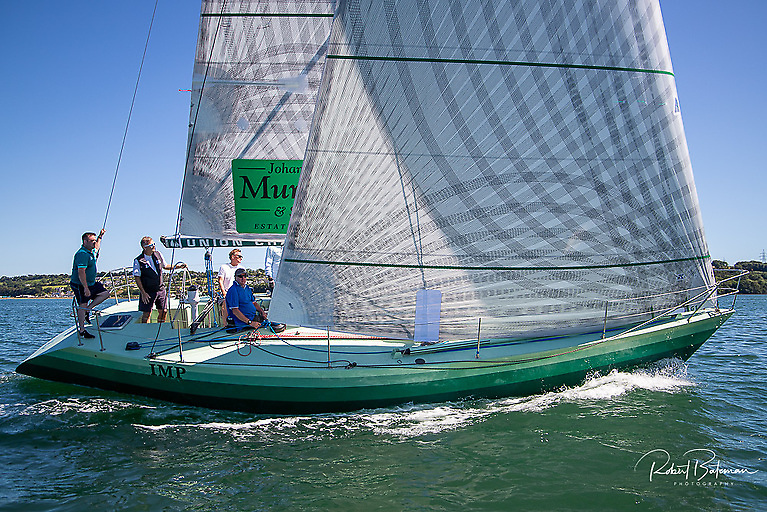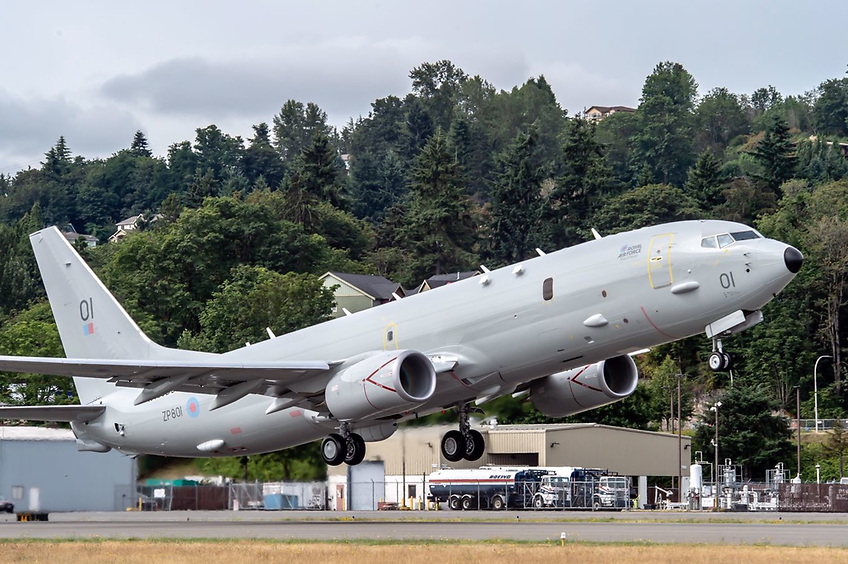Displaying items by tag: Ex Royal Dockyard
The Pembrokeshire community in south-west Wales have been successful in naming four new buildings at the Port of Pembroke that are being created to service the growing renewables industry in the county.
The annexes attached to the historic Sunderland Hangars at Pembroke Port are being redeveloped into modern office and workshop spaces with work expected to be completed by Spring 2023.
A public competition was held giving people the chance to name the new buildings which attracted a wealth of creative suggestions and were judged by a panel consisting of the Chair of the Port of Milford Haven Chris Martin, Mayor of Pembroke Dock Councillor Joshua Beynon, Rik Saldanha from the Pembroke Dock Heritage Trust, Phil Collins from the West Wales Maritime Heritage Centre and Tim James, now at Celtic Sea Power.
The panel were delighted with the range of submissions and the chosen names Erebus House, Catalina House, Falcon House and Oleander House were suggested by David Lockwood, the Pembroke Dock Heritage Trust, Marie Sampson, Victoria Allen and Tyler Streitberger respectively.
Commercial Director at the Port of Milford Haven, Steve Edwards, commented “These structures date back to the early 1900s so we felt it was important to recognise and celebrate their heritage. Work is progressing well to give new life to the annexes and make them fit for industry. The wider Pembroke Dock Marine project is a huge opportunity to create hundreds of well paid jobs in the community, not only in the renewables sector but for the entire supply chain, so we’re really excited that work is underway on this phase of the development.”
Pembroke Dock Marine is expected to generate £73.5m annually to the regional economy, create opportunities for around 1,800 jobs for today’s workforce and the next generation, and contribute 1,000MW to UK and Welsh decarbonisation targets.
Pembroke Dock Marine is a partnership project between the Port of Milford Haven, Offshore Renewable Energy Catapult, Marine Energy Wales and Celtic Sea Power. It is funded by the UK Government and Welsh Government through the Swansea Bay City Deal, and through the public and private sectors. It is also part funded by the European Regional Development Fund through the Welsh Government.
History of winning names
Erebus House
The HMS Erebus was built in Pembroke Dock, which at the time was the only Royal Dockyard in Wales. Launched in 1826, HMS Erebus went on to take part in John Franklin’s lost expedition under the command of James Clark Ross to the Antarctic in the 1840s, along with HMS Terror. The expedition was one of history’s greatest mysteries with both ships and its crew disappearing until there was a breakthrough in September 2014, when the shipwreck of HMS Erebus was discovered to the east of Queen Maud Gulf, Canada.
Catalina House
During World War II, the most used aircrafts at the time were the American-built PBY Catalina, which were originally introduced in the 1930s. The flying boat did not need a runway and played a significant role during the Battle of the Atlantic, with the Catalinas operating out of Pembroke Dock by the Royal Air Force, as well as the United States Navy.
Falcon House
The first of two HMS Falcons to be built at Pembroke Dock during the 1810s, launching in June 1820, was a Cherokee Class warship for the Royal Navy. The second HMS Falcon to be built in the Pembroke Dockyard was a Wooden Screw Sloop vessel, and was launched in August 1854 to serve during the Crimean War in the Baltic Sea, also participating in the siege off the coast of Courlan.
Fast forward to 1979, and a highly classified project, which still remains Pembroke Dock’s ‘worst kept secret’, saw the construction of a famous (Star Wars: 'Empire Strikes Back') spaceship story in the Western Hangar.
Oleander House
The last ship to be built at the Royal Naval Dockyard in Pembroke Dock was the RFA tanker Oleander, which was only one of six ships in its class.
Construction on the Oleander first started in December 1920 and it was launched in April 1922. RFA Oleander met its fate in May 1940 when the ship was severely damaged by a near miss during an air attack in Norway.




























































